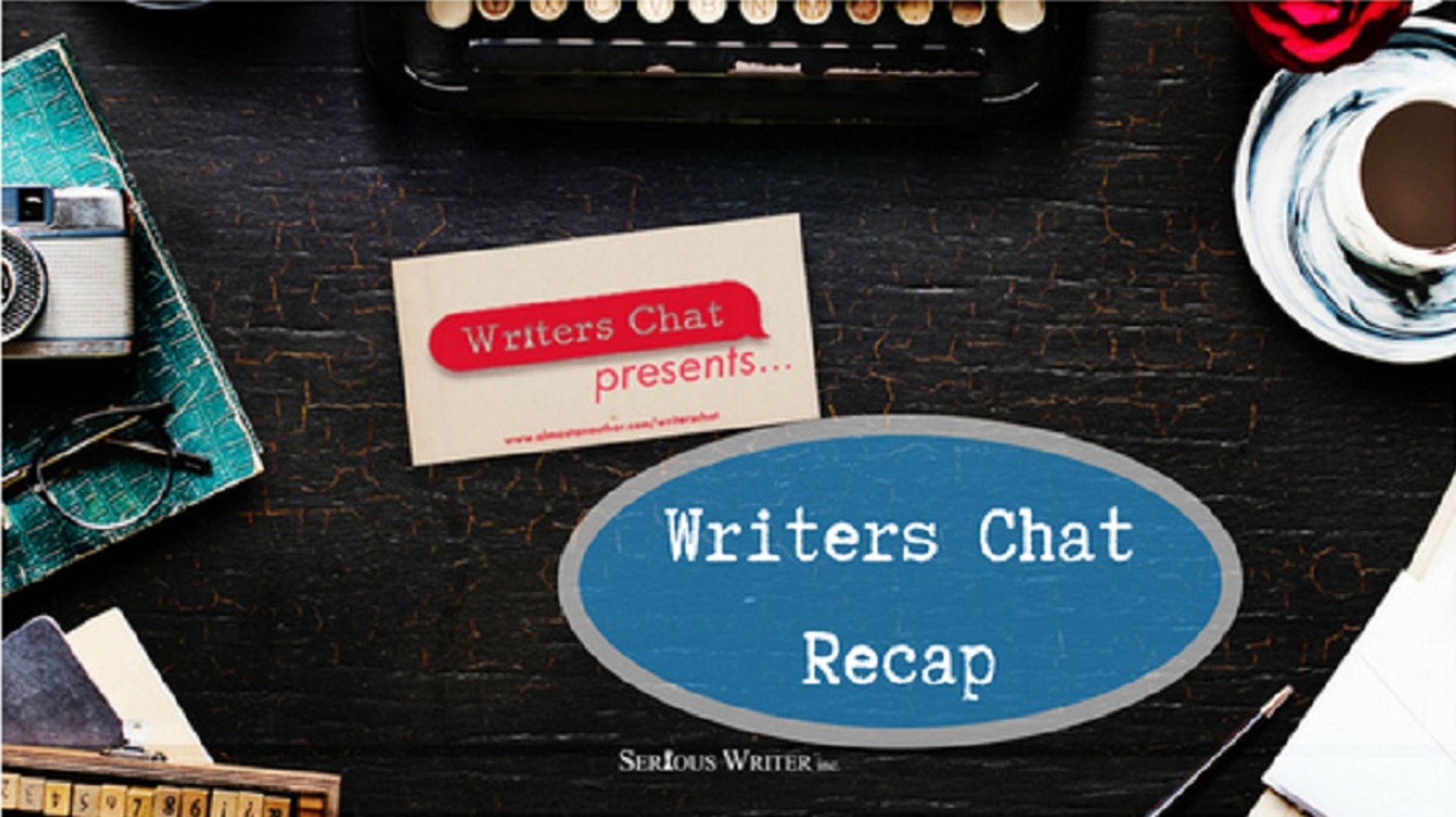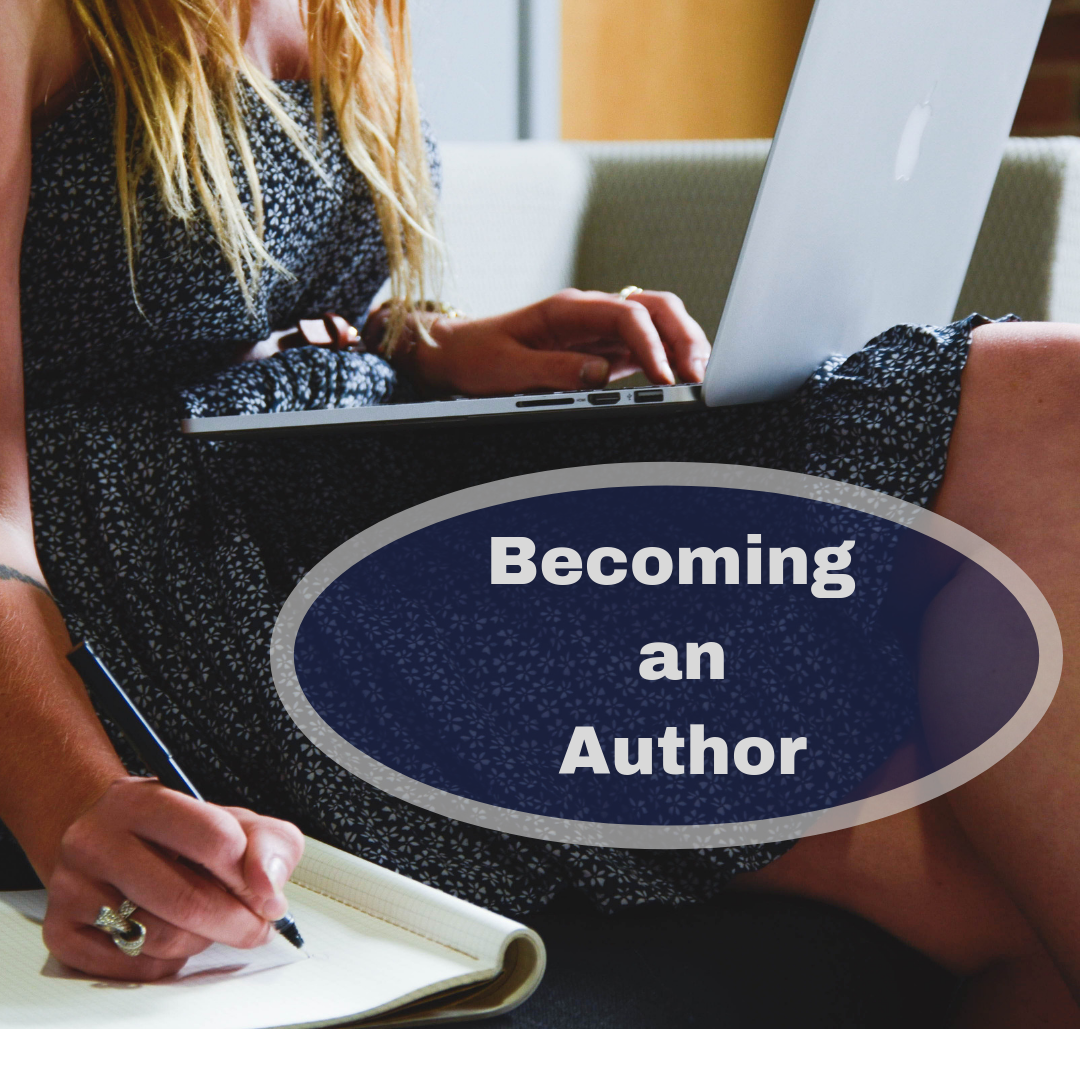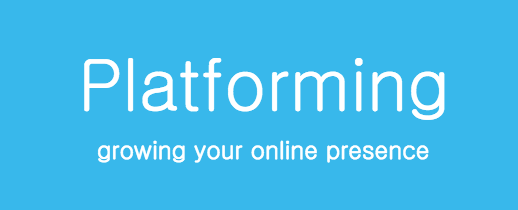
Survival Tips for the Waiting Part of Writing Tip #18 – Keep your social media posts social
As a writer, Christian, and citizen I have made a purposeful choice to keep my social media posts social.…
August 5, 2020
As a writer, Christian, and citizen I have made a purposeful choice to keep my social media posts social.…
August 5, 2020
In 2020, social media is a vital part of our lives. We use it to communicate, to share stories,…
July 31, 2020
Writers Chat, hosted by Jean Wise, Johnnie Alexander, and Bethany Jett, is the show where we talk about all…
July 15, 2020
Writers Chat, hosted by Jean Wise, Johnnie Alexander, and Bethany Jett, is the show where we talk about all…
July 2, 2020
Do you procrastinate when it comes to creating a book proposal? You aren’t alone and it is common among…
May 25, 2020
If you are going to be a Christian Living or Devotional author, then you are going to need a…
February 19, 2020
Are you familiar with PitMad? #PitMad is a pitch party on Twitter where writers tweet a 280-character pitch for their…
November 27, 2019
As an aspiring author, you might be aware of how to professionally submit to an agent or editor. But…
September 9, 2019
You pour out your heart and passion out on the page crafting your blog for the world to see.…
February 24, 2019
Writers Chat, hosted by Jean Wise, Johnnie Alexander, and Bethany Jett, is the show where we talk about all…
September 15, 2018
Writers Chat, hosted by Jean Wise, Johnnie Alexander, and Bethany Jett, is the show where we talk about all…
July 30, 2018
Social media provides a new frontier ready for settlers. We gaze at its complex landscape of influencers, followers, and…
July 9, 2018
Are you on LinkedIn? If so, let’s connect. If not, please join us. LinkedIn is your online watering hole…
June 27, 2018
A traditional blog gives your readers a place to find you and your writing. A place where you share…
May 28, 2018
Ephesians 4:29, one of my life verses, says, “Do not let any unwholesome talk come out of your mouths,…
January 25, 2018
I once heard on Dan Miller’s 48 Days podcast something along the lines of “You already know what you…
September 22, 2017
One of the cornerstones of your platform is your personal website or blog. Whether professionally designed or a DIY…
July 24, 2017
Have you looked in your computer mirror lately? You ask what is a computer mirror? This is your life…
July 17, 2017
by Susan Stilwell @susanrstilwell Social media is a part of life and savvy writers stay on top of the…
January 2, 2017
Everyone needs a break from time to time. For a writer building a platform, taking a social media break…
June 21, 2016
You may ask what the following three strategies have to do with creativity. I think we can all agree…
June 3, 2016
Smart writers invest in workshops, courses, and conferences. Smart and savvy writers will also invest time in building their…
May 16, 2016
I remember when I had my first Twitter shock a few years ago: I discovered that people post pornography…
February 1, 2016
One of the four must-have features of a website is the About page, but it’s overlooked by many writers. It…
November 21, 2015
Blog readers are scanners, their eyes skimming the page for interesting information. Problogger reports the average time spent reading…
July 6, 2015